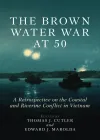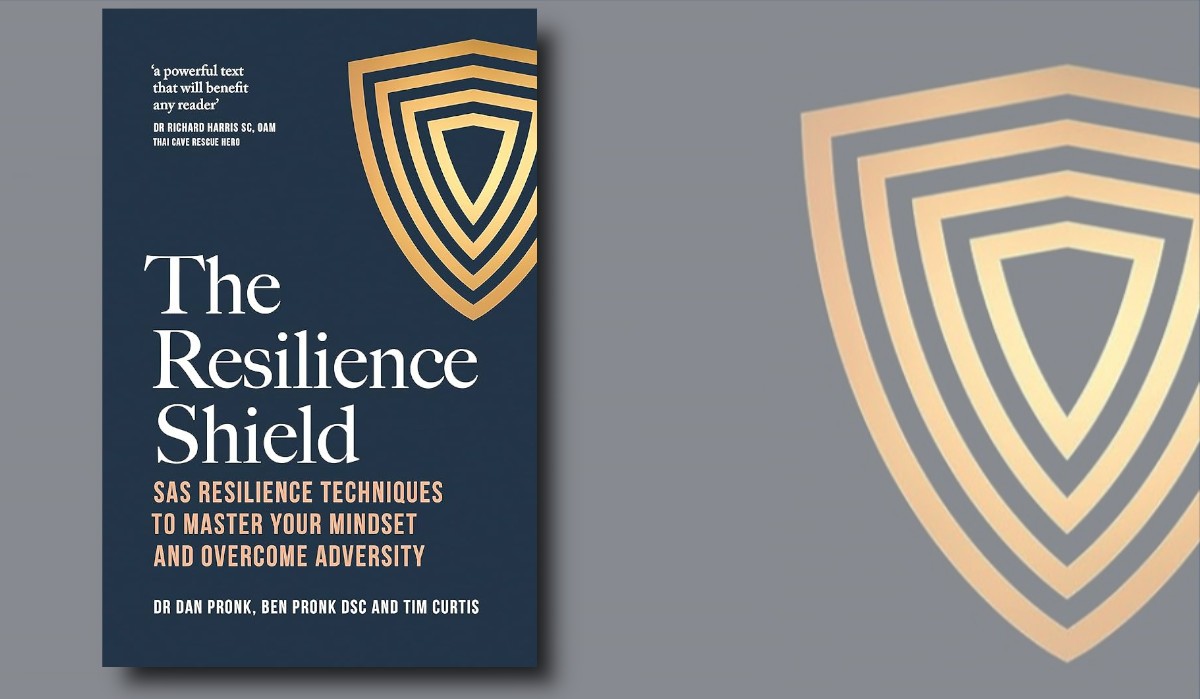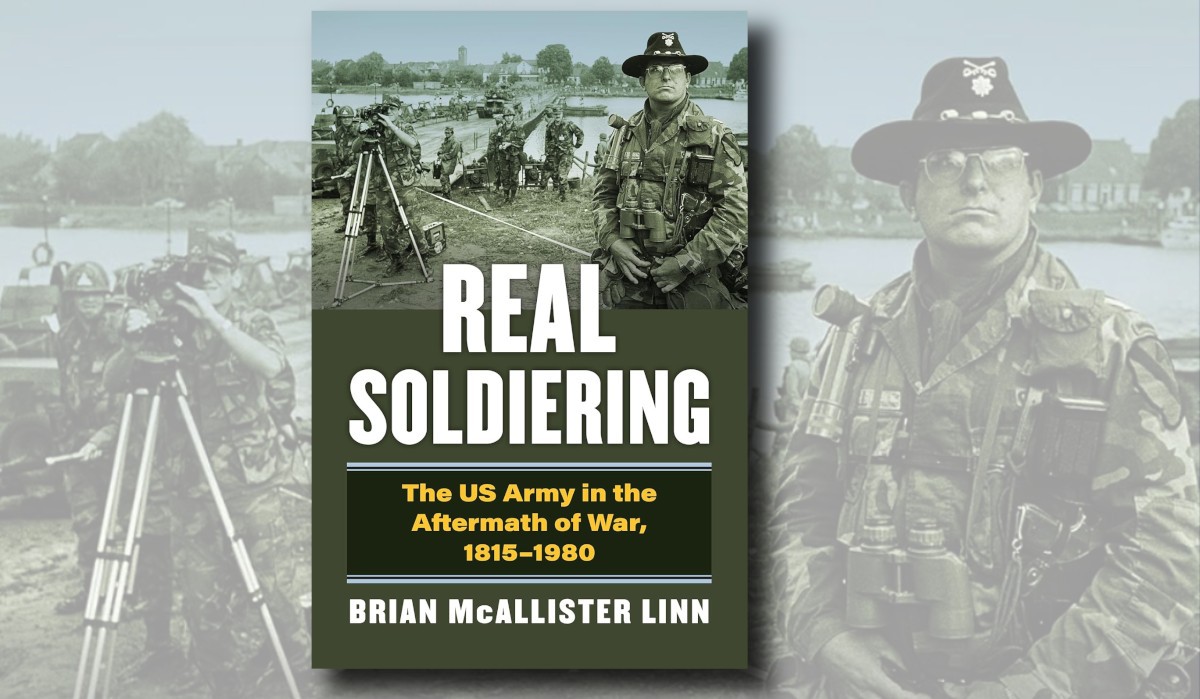A Retrospective on the Coastal and Riverine Conflict in Vietnam
Editors: Thomas J. Cutler and Edward J. Marolda
Naval Institute Press, 2023, 262 pp
Hardcover ISBN: 9781557507839
Reviewed by Blair Tidey
The subject of this book is historically the most recent large-scale example of coastal and riverine warfare. Significantly, it covers a geographic region in which the Australian Army is most likely to use these capabilities, in cooperation, competition and conflict. While the specific historic context of the conflict is unlikely to be repeated, many aspects still remain relevant.
Marking 50 years since the withdrawal of US combat forces in 1973, the book is an edited collection of twelve historical essays on the US Navy (USN) and Marine Corps’ (USMC) involvement in combat in the coastal and riverine areas of Vietnam, It is the latest in a long line of US Naval Institute publications on the Vietnam War, joining several others with a specific focus on coastal and riverine warfare.
The book chapters can be read in any order because each has a different author (either veterans or subject matter experts –in some cases both) and explores a discrete topic. While this approach is positive for the most part, the multiple author approach also allows for some inconsistencies, as noted below.
Many of the chapters are of direct relevance to the Australian Army’s current and future capabilities in the littoral environment, particularly inshore and riverine operations. Other chapters are of less relevance to an Army audience and more suited to those involved in the RAN’s amphibious capabilities.[i] However, even these provide useful coverage of other important USN and USMC roles in Vietnam, giving further context for Army readers unfamiliar with the conflict. The chapters are short, quick reads with an average of 20 pages each. Most chapters have extensive endnotes, referencing a range of publications which allow the interested reader to explore specific subjects in depth.
Despite the ‘jungle war’ image of the Republic of Vietnam (RVN or ‘South Vietnam’) in the popular imagination, the coast and rivers became important factors, allowing extensive littoral manoeuvre and force projection. This was enabled by the country’s long coastline, relatively thin landmass and extensive river systems.[ii] The ability of the RVN, US and allied forces to sustain the conflict was also dependent on access to major sea ports for the flow of personnel and logistics.
An excellent overview and description of the coastal and riverine conflict is provided in the introduction and chapter 2 (‘Mastering Warfare on the Rivers and Coasts of Vietnam’), including the initially separate missions of coastal interdiction, harbour security, river patrols and joint riverine operations.[iii] These are complemented by chapter 1 (‘Reflections of a Brown Water Sailor’), which provides a personal account of these missions, written from the perspective of a USN veteran.
Australian Army readers will likely find the chapters directly relating to amphibious and riverine operations to be most relevant. Chapter 4 (‘WestPac Warhorse’) is a personal account of serving on a USN Landing Ship Tank,[iv] a capability which demonstrated its versatility by serving as a cargo ship, embarking marines for amphibious operations and as a support vessel for coastal surveillance within the span of his posting aboard. Chapter 5 (‘Heavy Hitter of the Mekong Delta’) is an excellent account of the joint Mobile Riverine Force (MRF), a unique pairing of an Army Brigade and Navy riverine squadrons. The MRF was a response to the unique challenges of the Mekong Delta region, home to half of the RVN’s population, with 2,500 km of rivers, 4,000 km of canals and a single paved major road. The specialised watercraft, organisation and tactics devised to create an effective manoeuvre capability are an excellent example of battlefield necessity driving military innovation. Chapter 6 (‘War Every Day’) provides a useful account of the air support to the MRF, including the creation of two unique USN units – a helicopter gunship squadron and a light fixed-wing attack squadron – combining USN aviation expertise with aircraft normally operated by the US Army and USMC respectively.
Surprisingly, there is not much coverage of the USN SEALS maritime special operations capability, despite Vietnam being their combat debut and their important role in the Mekong Delta. However, readers can find more on this topic in the considerable number of SEAL books published elsewhere. There is also limited coverage of USN Explosive Ordnance Disposal/Underwater Demolition Teams, mine warfare watercraft and harbour security missions, all likely areas of Army-Navy interaction and interdependency. Also disappointing is the relatively brief discussion of USN watercraft serving with the USMC in the north, particularly the critical resupply and manoeuvre on the rivers around Hue during the 1968 Tet Offensive.
Chapter 7 (‘Vietnam Marines Afloat and Ashore’) details some of the USMC’s lesser known missions and units in Vietnam, including the provision of USMC advisors to the Vietnamese Marine Corps (VNMC) Division, which is further complemented by two other chapters in the book. These are chapter 8 (‘The Vietnam Navy and Marine Corps’) which provides an excellent account of these two RVN services and chapter 3 (‘My Vietnam War’) which is a personal account of the author Swartz’s tour in Vietnam. His appointments included as a PSYWAR (psychological warfare) advisor to the VNN, a capability normally resident in the US Army but which proved to be of critical importance in the COIN campaign in Vietnam. While employed in a unique role, Swartz points out that his experiences as an advisor to host nation forces were very similar to those of other USN advisors.
The final chapters provide some of the biggest frustrations I had with the book. Both chapter 9 (on CIA assessment of maritime logistics support to the Viet Cong via Cambodia), and chapter 10 (on Chinese military support to North Vietnam) have only passing relevance to the riverine and coastal warfare topic of the book. However, these chapters do make good use of recently declassified records, and may be of more interest to those in the intelligence field or those seeking new insights into little explored areas of the conflict. Likewise, chapter 11 (‘Naval Medicine: The Vietnam Experience’) provides an overview of medical capabilities in Vietnam, but does not go into the specific challenges of operating in riverine and coastal areas. While chapter 12 partially covers the use of remote sensors in the riverine environment, it is mostly concerned with USN support sensor employment on the RVN’s land borders, a worthy subject in its own right, but not directly addressing the main subject of this book.
I would recommend this book as a good introduction to the topic of riverine and coastal conflict for Australian Army readers with a direct interest in the Army’s emerging capabilities in this area. Under Project LAND 8710, the Australian Army will be acquiring new littoral watercraft capabilities, including heavy landing craft and fast assault craft that the Army has not had since the early 1970s and (arguably) World War Two, respectively.[v] These are in addition to modern replacements for the ageing LCM-8 and LARC-V fleets, in service since the early 1970s. The acquisition of these capabilities has been accelerated following the publication of the National Defence Strategy,[vi] and aligned to other key acquisitions, such as long range strike, IFV and air defence capabilities.
While joint amphibious operations have seen a revival in Australian academic interest in the past 10 years, inside and outside the ADF, coastal and riverine operations have not. This situation will start to be rectified by the expected release, later this year, of the proceedings of the 2023 CA’s History Conference, exploring the theme of ‘In Brown and Green Waters: Australian Army Operations in the Littoral'.[vii] Likewise, The Brown Water War at 50 is a good source of relevant historical examples for Australian Army readers.
Endnotes
[i] Of note, the USN ‘blue water’ contribution (aircraft carriers projecting air power and destroyers/frigates providing naval gunfire support), and the USMC’s major commitment on land in northern RVN (1st MEF) are not covered in depth in this collection, but readers can seek more information on these subjects in the large and well-established Vietnam War literature.
[ii] The RVN’s coastline was 1931 km, comparable in length of the NSW coast from Tweed Heads to Eden, the country’s landmass was on average 200km from sea to border, but only 50 km at the narrowest point, and the extensive river systems included the Mekong River, with the 2nd largest river delta in the world.
[iii] Conducted by separate task forces under named operations - TF115/Market Time (coastal) & Stable Door (harbour security), TF116/Game Warden (river patrols), TF117 – Mobile Riverine Force. These missions were combined in late 1968 with TF196 under Operation SEALORDS (“South East Asia Lake, Ocean, River, Delta Strategy”).
[iv] Broadly comparable to the current HMAS Choules in terms of general cargo capacity and the former HMAS Tobruk in terms of the ability to beach and discharge cargo across the shore.
[v] For a good introduction to Army’s littoral capabilities in the 1960s, see https://theforge.defence.gov.au/article/moving-tanks-water-short-history-australias-tank-capable-amphibious-capability
[vi] The NDS directs the Army to develop an ‘amphibious-capable combined-arms land system’.
[vii] For the titles of the conference presentations (and prospective proceedings chapters), see https://www.army.gov.au/news-and-events/events/2023-11-16/chief-army-history-conference-2023 . The presentations can be viewed at The Cove - https://cove.army.gov.au/article/chief-army-history-conference-2023



